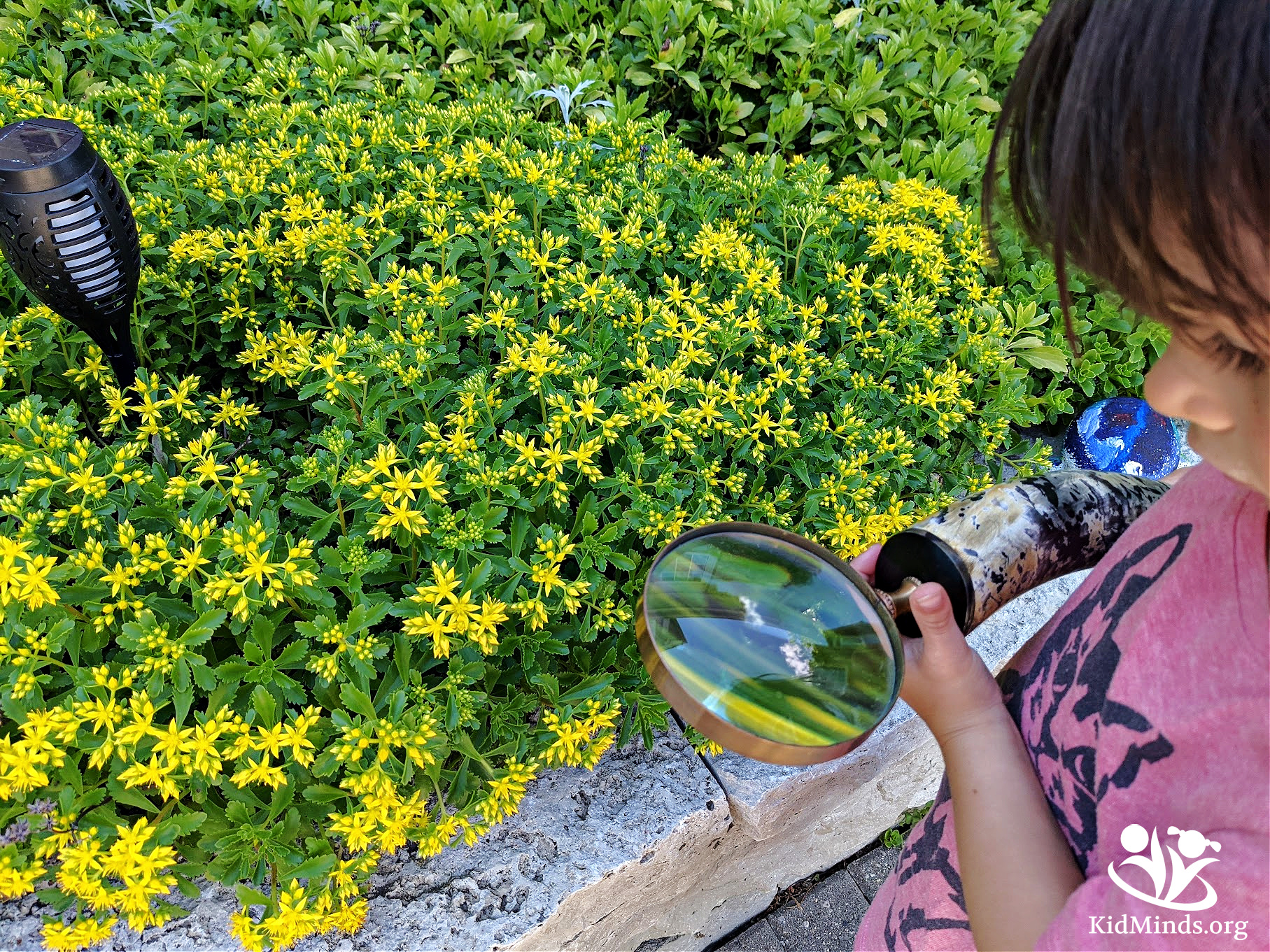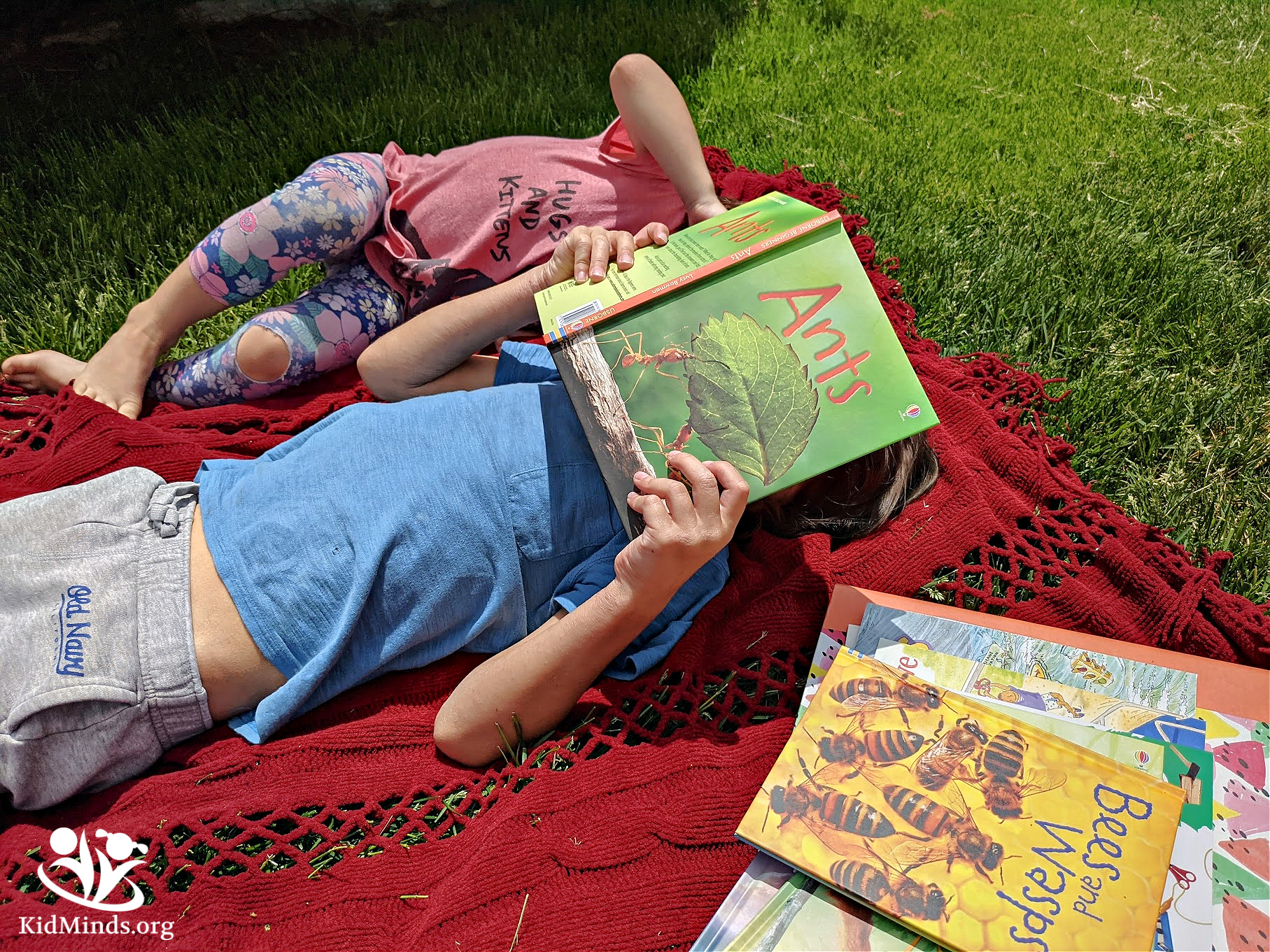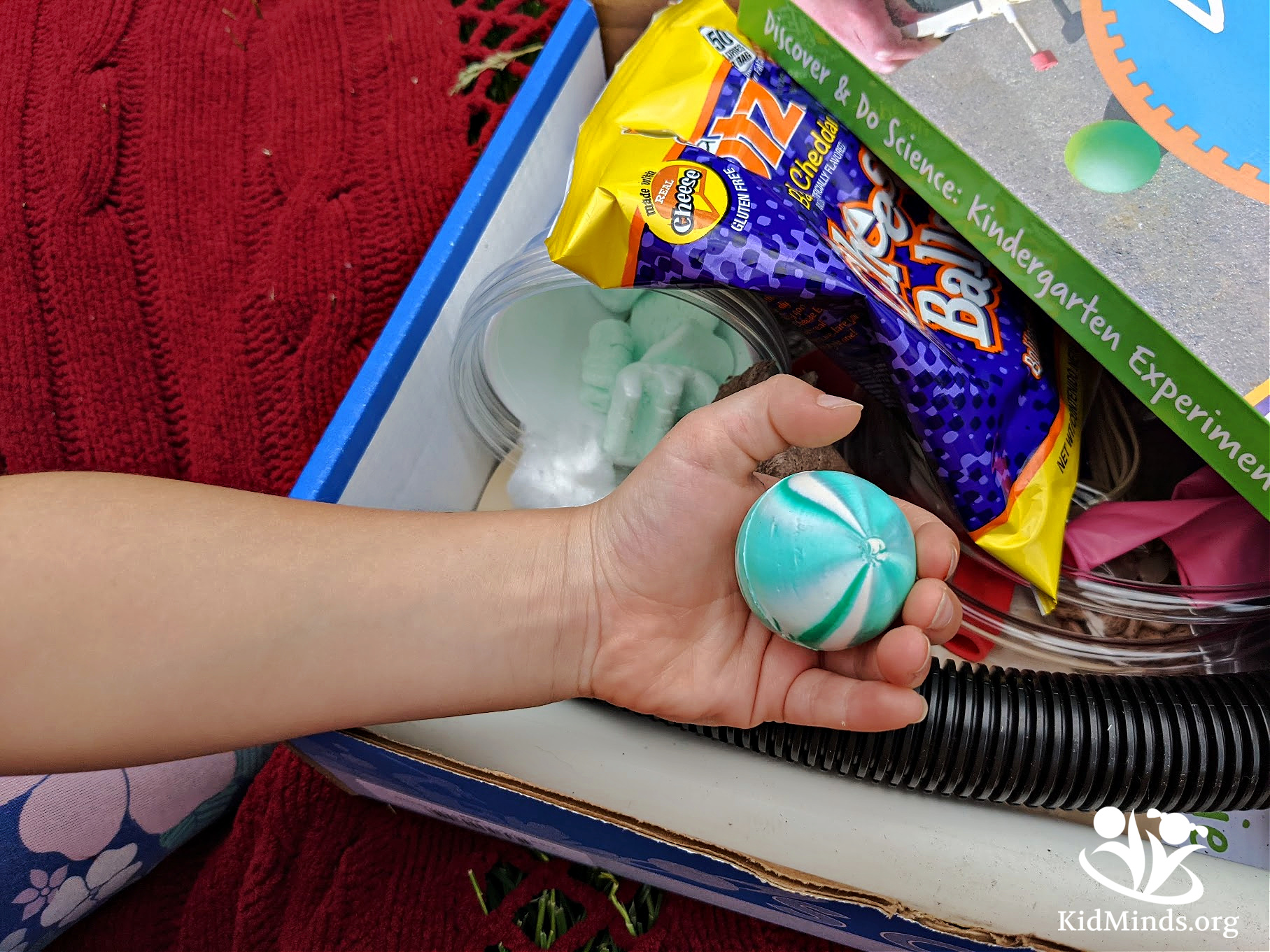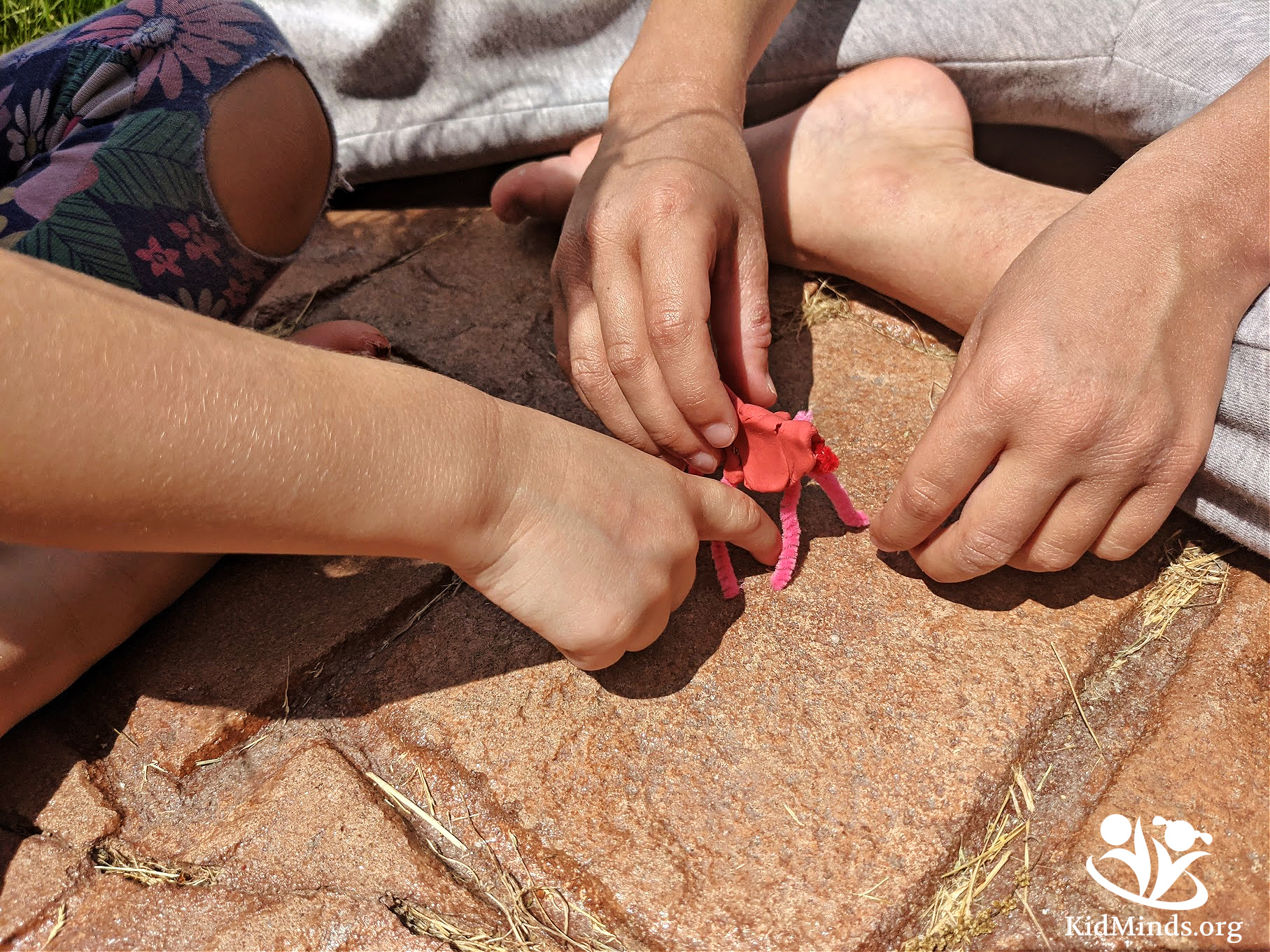Two words: discover and do. Put them together, and you get The Sonlight Science Curriculum, one of the most exciting and hands-on science curricula on the homeschool market. Let me tell you a bit more about our experience with it.
Disclaimer: I received this product for free and was compensated for my time. As always, I’m honestly sharing my opinions and experiences.
In our homeschool, we do year-round learning. It helps us avoid the summer slide, the stress of back-to-school, and gives us the freedom to finish schoolwork in a shorter amount of time.
In the summer, my focus is science. I want my kids to associate the golden days of summer with scientific exploration, discovery, and hands-on learning.
I sometimes think about my kids getting together in 20 years and reminiscing about their childhoods. “Remember,” they would say grinning, “how we caught and released frogs, grew butterflies, made ant models, and sent rockets flying up in our driveway?” “Yeah, that was fun!” and they would all laugh with delight. This mom can dream, right!? In real life, they would probably say things like, “that mean woman made us study in the summer,” lol.
I hope not.
My kids tell me they like it this way.

Sonlight Science Curriculum
This year, as soon as the weather got nice, we were thrilled to get our hands on a fantastic science curriculum: the newly updated Sonlight Science Kindergarten program.
I’m always super excited about learning new stuff, especially science, so I read most of the textbook as soon as we got it and started using it with all my kids right away.
While we were out and about (we try to start each day outside), I would gently steer my kids toward the day’s topic. I would point out an ant and say, “how do you think ants walk?” (the title of chapter 2) or “why do lizards lay in the sun?” (chapter 6).
Of course, my kids would all get on their knees, study ants or lizards or whatever we’re talking about, make suggestions, and maybe argue about who is right (sometimes heatedly:) I would share bits and pieces I read in the textbook (a good way to keep my memory sharp).

After we got home, we would do the hands-on science experiment, read up on the facts (often outside), do some worksheets, and sometimes watch the video. (My kids are not really into screens, so we gave the videos up after the first few chapters).
There are many different ways of using this curriculum, and my way of doing it was a bit different from the suggestions in the teacher’s manual. But that’s the beauty of homeschooling: you can adapt any resources to work for you and your family.
And notice how I say “kids.” Even though it’s a kindergarten curriculum, it worked well for all my kids, from a preschooler to a teenager. My older kids recognized some of the experiments from the past (we do a lot of science!) and were happy to re-live the fun.
Just to clarify, there are many levels in this newly updated Sonlight Science Curriculum, and they are all based on the same principle of reading, doing, discussing, and discovering. So, if you want to buy a program designed specifically for your third-grader or sixth-grader, you can do that!
What’s Sonlight?
Sonlight is a literature-based homeschool curriculum that offers a complete education from preschool through high school. It promises to make homeschooling easier and more efficient for your family. With two decades of experience and an all-star team of professionals, it delivers on its promise.

For the purpose of this review, I was provided with the Sonlight Kindergarten Science curriculum: instructors’ guide, textbook, science supplies kit, a whole bunch of colorful books, and access to science videos. You can read a description of everything that is included in the kit on the Sonlight website.
Let me tell you a bit more about some item in our package.
- Instructor’s Guide includes detailed instructions for parents, sample schedules, suggested questions, discussion points, as well as full-color, consumable science activity sheets for your children.

- The textbook features 36 colorful, well-planned lessons that introduce kids to Ecosystems, Meteorology, Physics, and Engineering Design. It means studying hurricanes, honeycombs, simple machines, gravity, and other fun stuff that kids love to learn about! We made you a video so you can get a peek inside the textbook.
- Amazing, colorful, informative books about bees, rainforests, forces that make things move, and hurricanes allow children to delve deeper. And all of the included books are engaging read-alouds for all ages.

- Science Supplies Kit has all the items you need to conduct each experiment, except for household basics like scissors or oil.

- Entertaining Videos repeat the lessons and experiments and reinforce the topics learned. Check out a trailer of the Discover & Do Kindergarten Science Experiment Videos here.

And now, the curriculum is newly updated to meet Next Generation Science Standards. These research-based, up-to-date science standards were put together by a group of practicing scientists and education researchers to ensure that your kids get a comprehensive science education that prepares them for the world of science today.
#DiscoverandDo
Each lesson starts with an exciting science question: Why Do Reptiles Lie in the Sun? How do ants walk? How is chocolate made?
After the question is answered in a couple of short and easy-to-understand paragraphs, you’ll find the main body of the lesson.
This main part is about two pages long with the “Make Connection,” “Did you know,” and “See the Bigger Picture” boxes as well as “What do you think” type of questions to keep kids engaged. (i.e., When you’re cold, what kinds of things do you do to feel warmer?)
Next, it’s time for the hands-on portion of the lesson. The supplies are included (except for household basics), and you just have to follow the detailed instructions. In chapter 1, we made an anthill. Our tunnels kept collapsing. Poor ants!

In chapter 2, we made a model of an ant to explore how ants move and keep balance.

What We Thought: Five Reasons We Love Sonlight Science
- Discovery-Based Learning
Thank goodness, more and more educators realize that simply teaching kids science facts isn’t what science education should be about. Sonlight’s focus is on allowing kids to discover answers to their questions themselves. How do ants walk? We made a model and experimented with lifting different legs until it became clear that ants need at least three legs on the ground to walk. Each experiment is always directly related to the lesson’s topic and offers lots of opportunities for discussion.
- Hands-on Experience
Kids are tactile learners. It means they can best engage with lessons when they can touch, squeeze, and manipulate the objects. What’s more: using color-changing pigments, inflating balloons with yeast, and building temperature reaction bottles is just plain fun (even for me!)
- Instructor’s Guide & Videos
I love that all the hard work of designing the lesson, preparing it, and gathering materials has been done for me. You don’t have to have a biology or physics degree to teach your kids science; the guide tells you exactly what to say and what to do. And the confidence you get with good preparation makes teaching science to your kindergartener an enjoyable experience. Plus, with this curriculum, even adults can learn a lot.
- Literature-based
If you know anything about us, it’s probably that we love books. I read with all my kids, even my teenager, every day. We were just recently looking at our library cards’ history and discovered that we had borrowed thousands of books on each card. We have six library cards! Yep. So we appreciated that the Sonlight Science Curriculum includes a dozen colorful and engaging books that all arrive with your textbook and supplies kit.
- Science Topics
What kid doesn’t want to learn more about ants, snakes, and hurricanes? I love when science for young children concentrates on the world around them and allows them to explore how things work with their own two hands.
Final words
If you have never bought a complete science kit, let me encourage you to give it a try. And if you had a bad experience in the past, let Sonlight change your opinion.
This impressive curriculum takes the guesswork out of the equation. Plus, you get quick and easy-to-set-up lessons at the tips of your fingers whenever you are ready for them.
Giveaway
Right now, you have a chance to win the Sonlight Science Curriculum of your choice.

Thanks for the review and the samples, I know my kiddos would love sonlight science. How do I enter the giveaway?
This would be great to win this for my friend’s eight-year-old son!… however, English is his third language. Do you also produce/publish material in either French or Welsh? I look forward to your reply to my email, if you find the time.
Sorry Deryck, no French or Welsh. Nice of you to want to win it for your friend’s son though. Good luck!
Looks like fun and would be something my son would love.
It’s fun, yes! I hope you win it for your son!
Looks like a fun educational kit. Would be great for the kids.
Great review, love to win a science package for my kids!
Thanks for the review! Going to look at samples today!!
I would love to win the sonlight curriculum but I don’t see where to enter
I also don’t see where to enter.